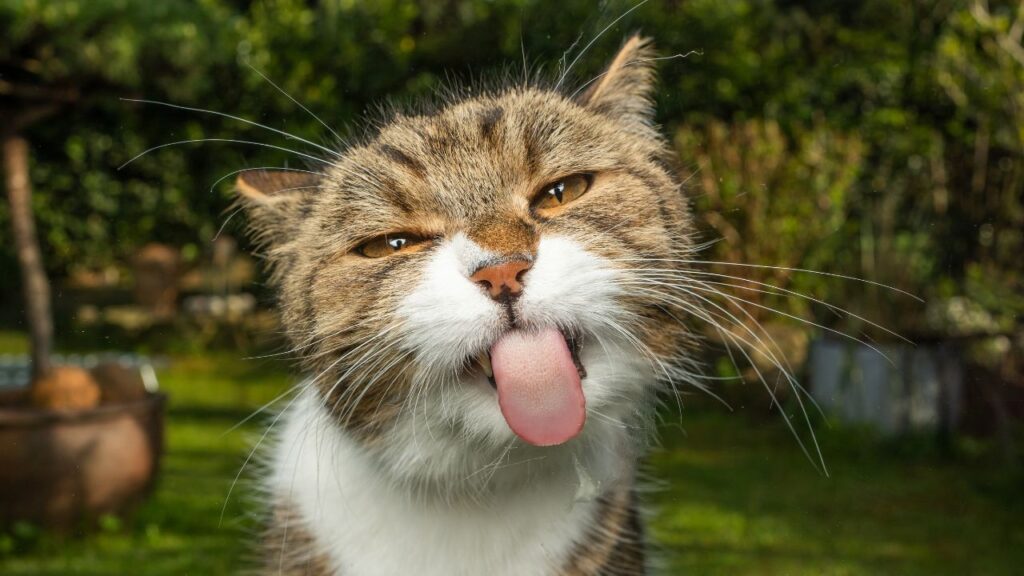If you’re a pet owner or animal lover, you’ve probably heard a lot of advice and “facts” about pet care over the years. But not everything you hear is true! In fact, some common myths about pets could actually be harming your furry friends. Let’s separate fact from fiction and debunk 18 persistent pet myths.
Myth 1: A wagging tail always means a happy dog

A wagging tail can convey many different emotions in dogs, not just happiness. A high, stiff wag may signal aggression or fear, while a loose, relaxed wag generally does indicate a content pup. To really understand what your dog is feeling, look at their entire body language, not just the tail.
Myth 2: Cats always land on their feet
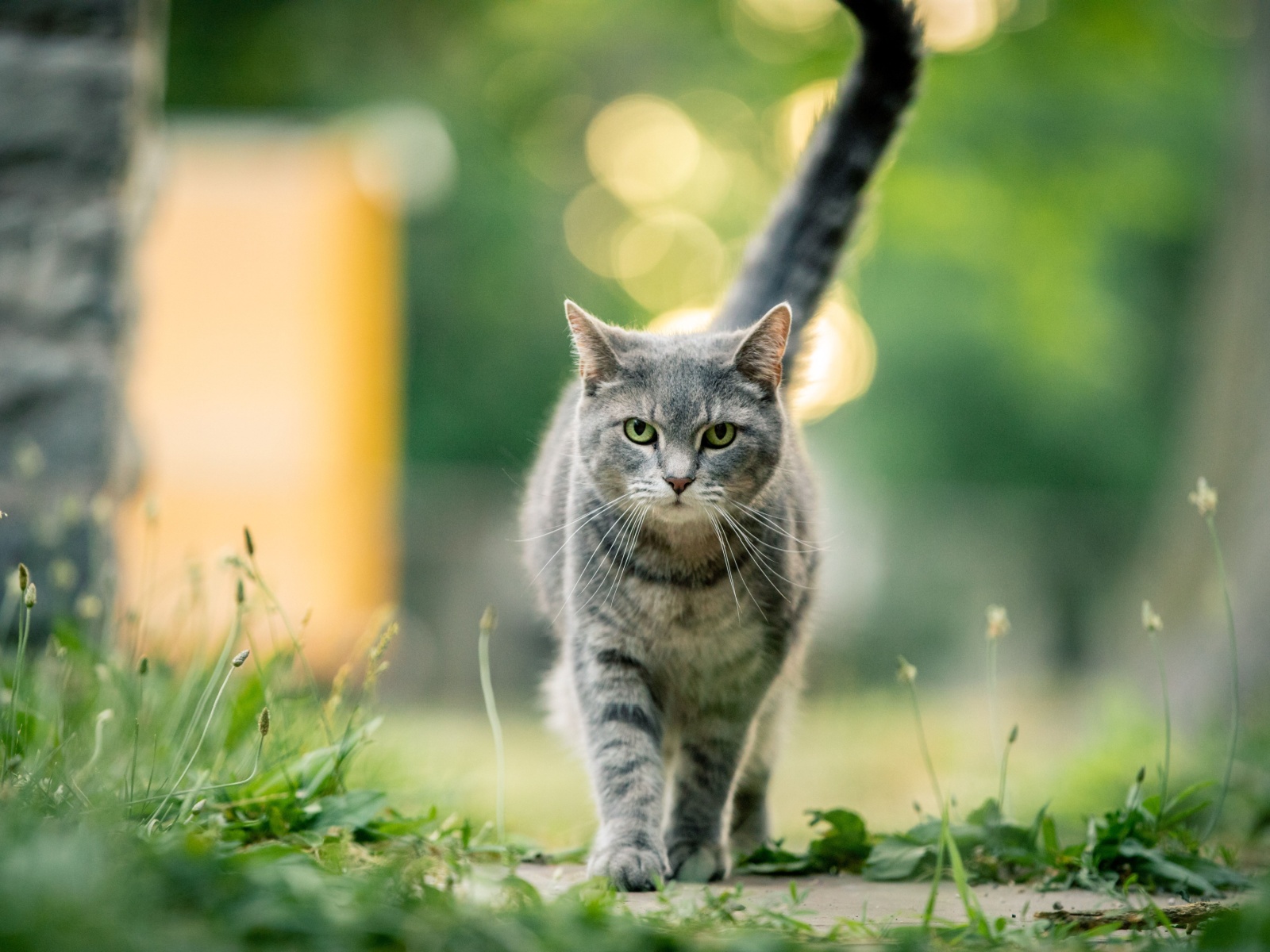
While cats are incredibly agile, they don’t always stick the landing. Falls from high places can result in serious injuries like broken bones, head trauma, and lung damage. To keep your kitty safe, make sure windows have sturdy screens and discourage climbing in high, unstable places.
Myth 3: Goldfish only have a 3-second memory

The idea that goldfish have super short memories is just an urban legend. Research has shown these orange swimmers can remember things for several months. They’re also capable of distinguishing between shapes, colors, and sounds. Not too shabby for a tiny fish!
Myth 4: Exotic pets make great gifts
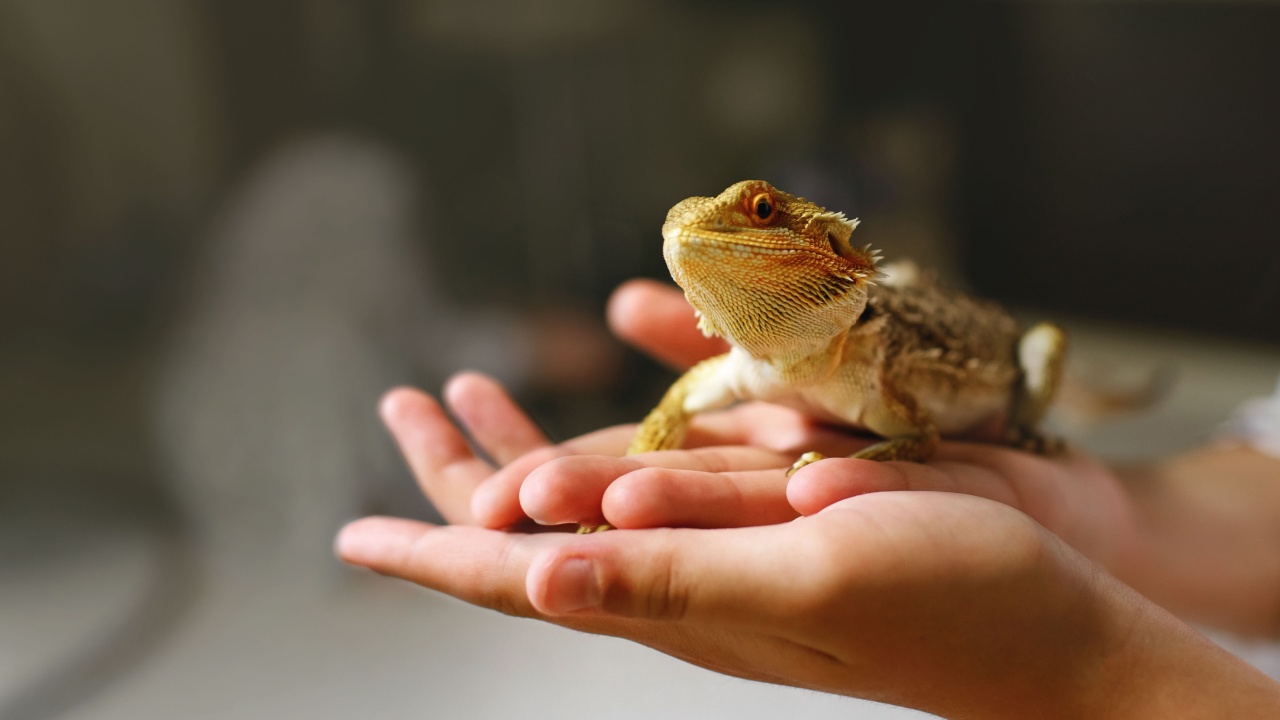
Surprising someone with a pet might seem like a fun idea, but it’s actually a recipe for disaster. Exotic animals like reptiles, birds, and small mammals have very specific care requirements that the recipient may not be prepared for. Caring for any pet is a major responsibility that should only be taken on by someone who has done their research and is fully committed.
Myth 5: Dogs and cats are colorblind

Dogs and cats don’t see in black and white, but their color vision is more limited than ours. Dogs only have two types of cone cells in their retinas, allowing them to see shades of blue and yellow. Cats have three types of cones like humans, but their cones are most sensitive to wavelengths in the blue and green ranges.
Myth 6: Cats love milk
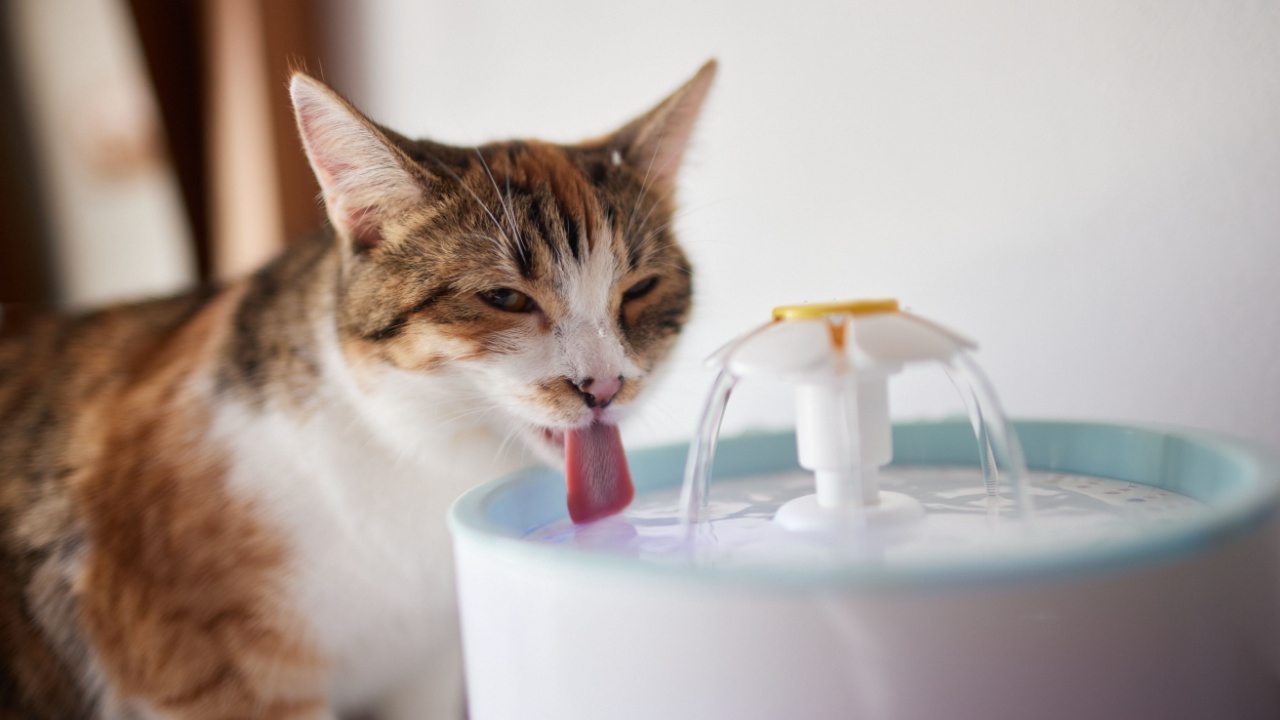
While kittens drink their mother’s milk, adult cats are actually lactose intolerant. Cow’s milk can cause digestive upset, diarrhea, and vomiting in grown cats. Skip the saucer of milk and offer your feline fresh, clean water instead. As a treat, you can give some cats a little bit of lactose-free milk.
Myth 7: Animals can heal themselves by licking wounds
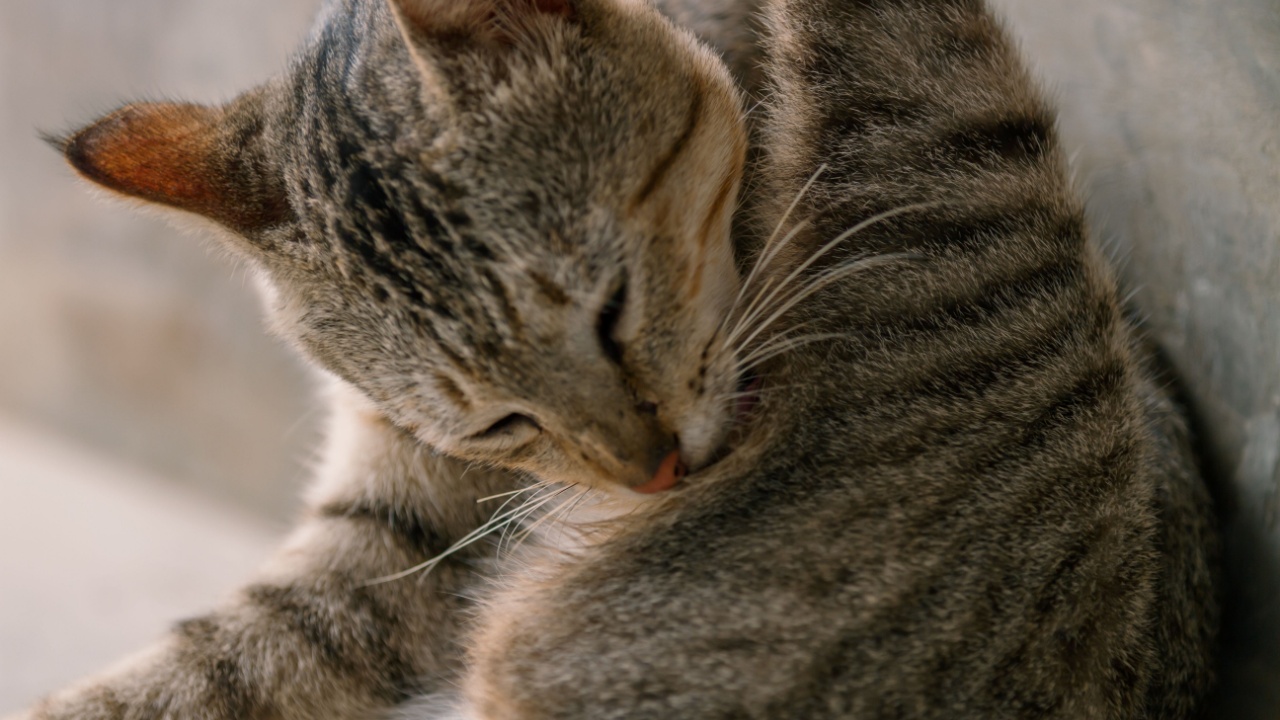
Licking a wound is a natural instinct for many animals, as saliva contains enzymes that attack bacteria. However, excessive licking can actually delay healing and lead to infections or other complications. If you notice your pet obsessively licking an injury, it’s best to have a vet take a look.
Myth 8: Pets need a yearly vaccine
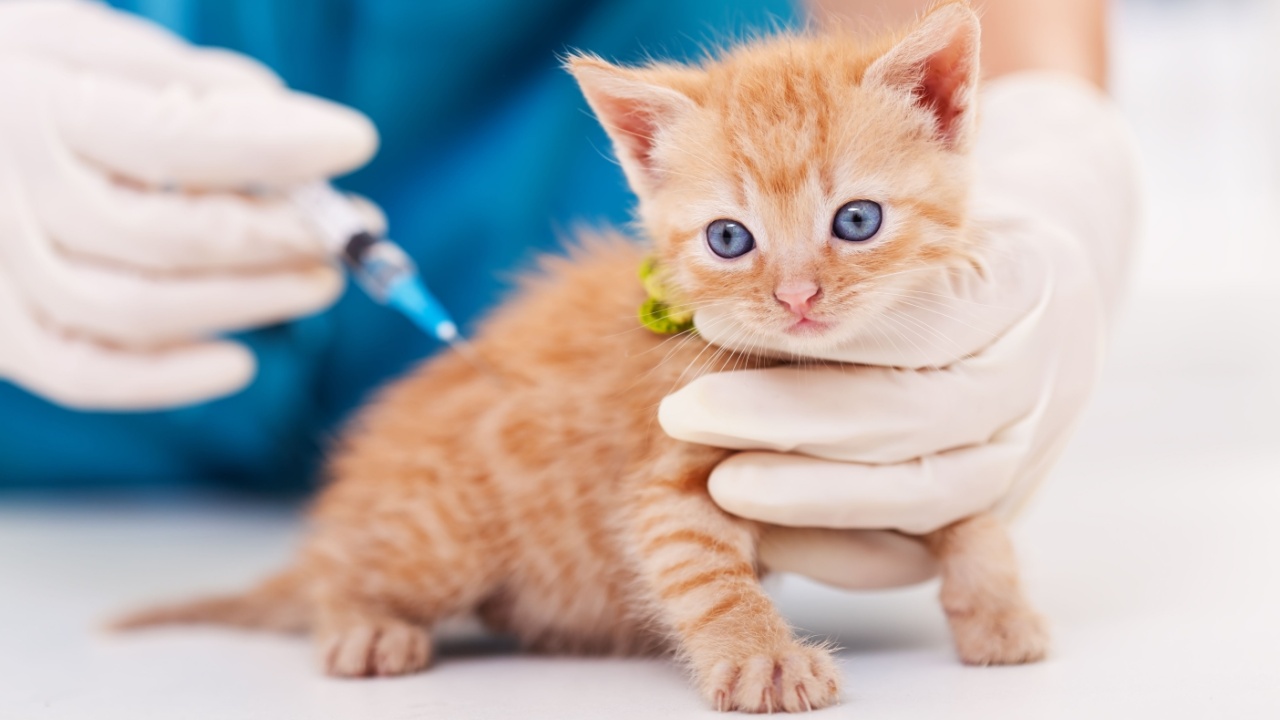
Vaccination schedules can vary based on your pet’s age, health, and lifestyle. Some might only be necessary every few years, or if your pet is at high risk for certain diseases. Talk to your vet to determine the best vaccine schedule for your furry friend.
Myth 9: Declawing is a harmless way to protect furniture

Declawing isn’t just a cosmetic procedure – it actually involves amputating the last bone of each toe. This surgery is incredibly painful and can lead to long-term complications like lameness, back pain, and behavioral issues. Instead of declawing, provide your cat with plenty of scratching posts and regularly trim their claws.
Myth 10: Certain dog breeds are inherently aggressive

No breed is born mean. Aggression is a learned behavior that’s influenced by factors like socialization, training, and individual temperament. While some breeds were originally bred for things like guarding or fighting, proper training and socialization from a young age can help any dog become a friendly, well-adjusted companion.
Myth 11: Rabbits are low-maintenance starter pets
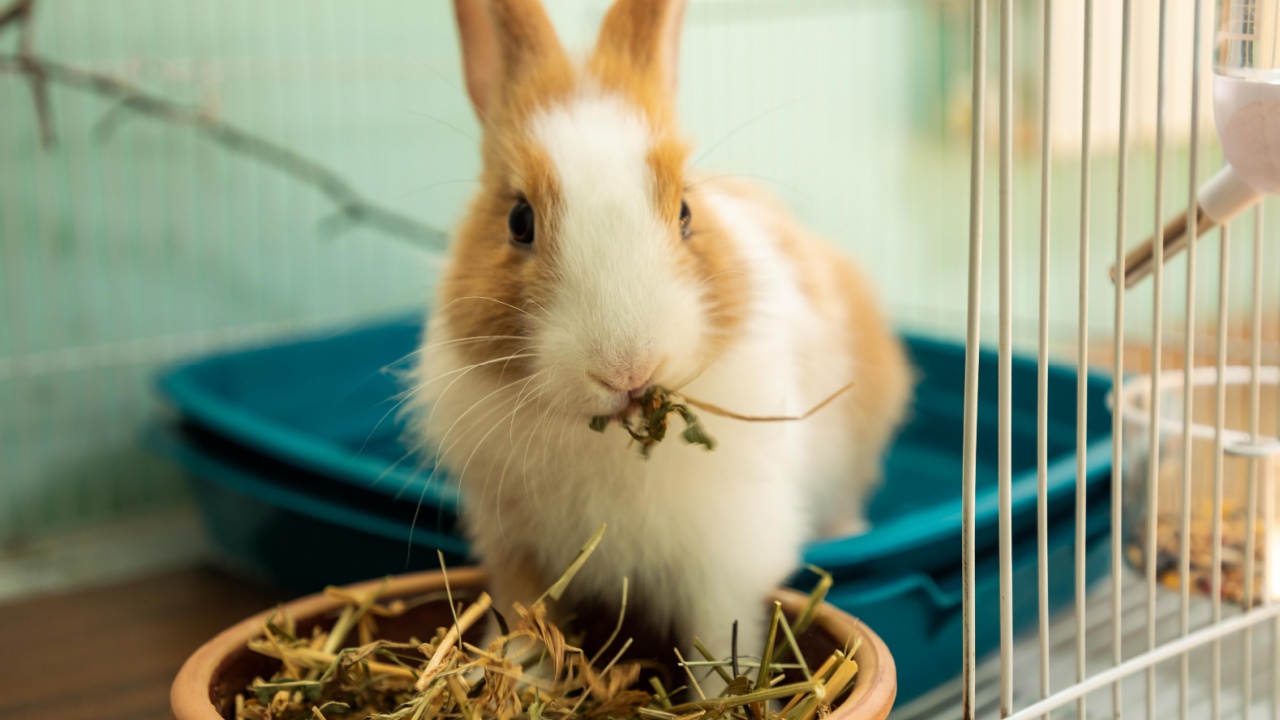
Bunnies aren’t boring! These intelligent, social animals require a significant commitment of time, space, and resources. They need a varied diet of hay, fresh veggies, and limited pellets, as well as plenty of exercise and enrichment. Many rabbits also love having a bunny buddy to bond with.
Myth 12: Small pets don’t need veterinary care

Hamsters, gerbils, and other pocket pets may be tiny, but they still require regular check-ups and preventive care. Small animals are experts at hiding signs of illness, so by the time you notice something is wrong, they may be very sick. Establishing a relationship with an exotic vet can help keep your little friend healthy.
Myth 13: Parrots are easy to care for
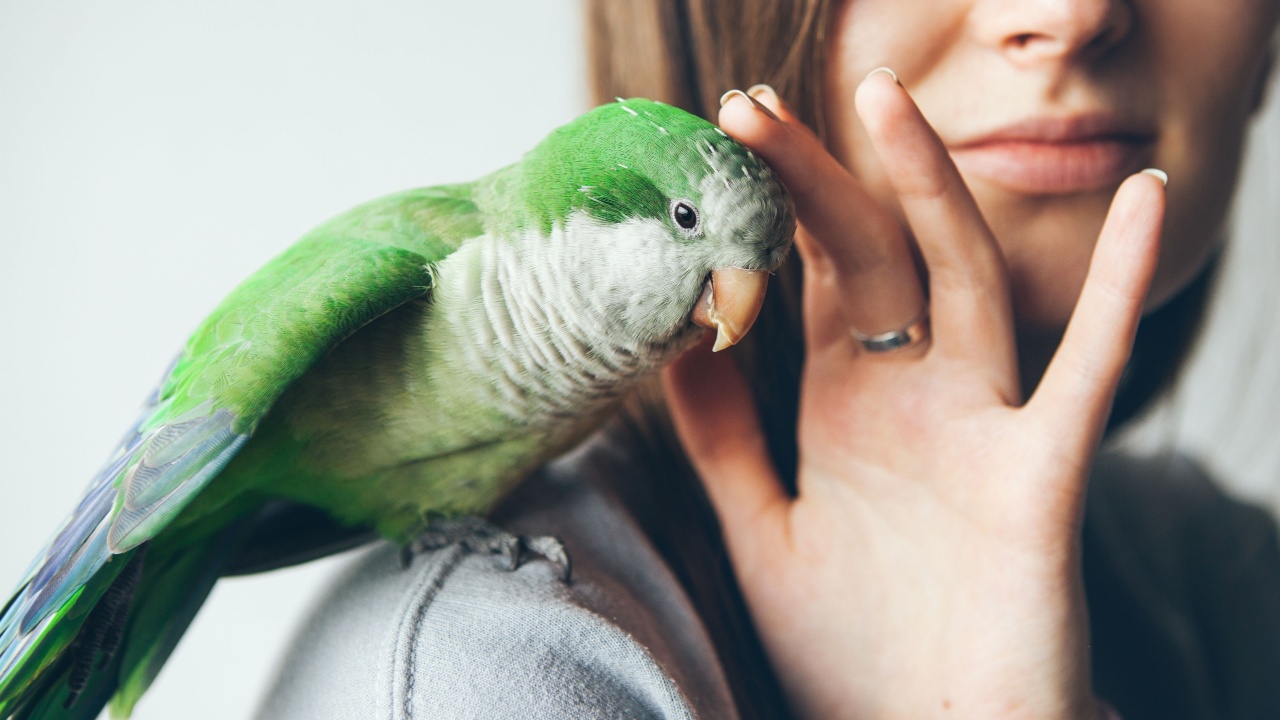
Parrots are intelligent, sensitive birds that need a lot more than a cage and some seed. They require spacious enclosures, varied diets, plenty of toys and enrichment, and hours of daily interaction. Many parrot species can live for decades, so caring for one is a long-term commitment, not a casual hobby.
Myth 14: Big dogs need to live outside

No matter their size, all dogs are social animals that thrive on human companionship. Banishing a big dog to the garden can lead to boredom, anxiety, and destructive behaviours. Big breeds still need plenty of indoor time with their families, as well as regular exercise, training, and veterinary care.
Myth 15: Ferrets are smelly and bitey
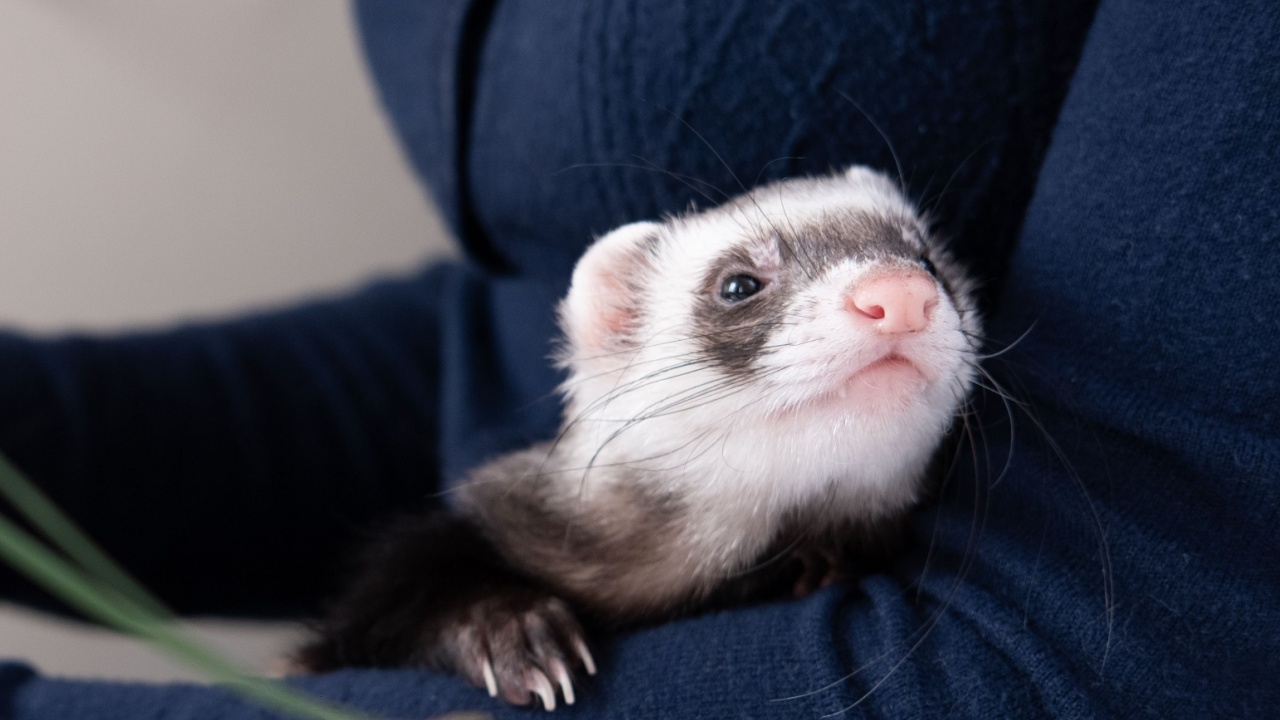
With proper care, ferrets can make playful, entertaining pets. The musky smell many people associate with ferrets is actually caused by intact males. Spaying or neutering and regular baths can significantly reduce odor. Nipping is usually a result of improper handling or lack of training, not innate aggression.
Myth 16: Reptiles are “beginner” exotic pets
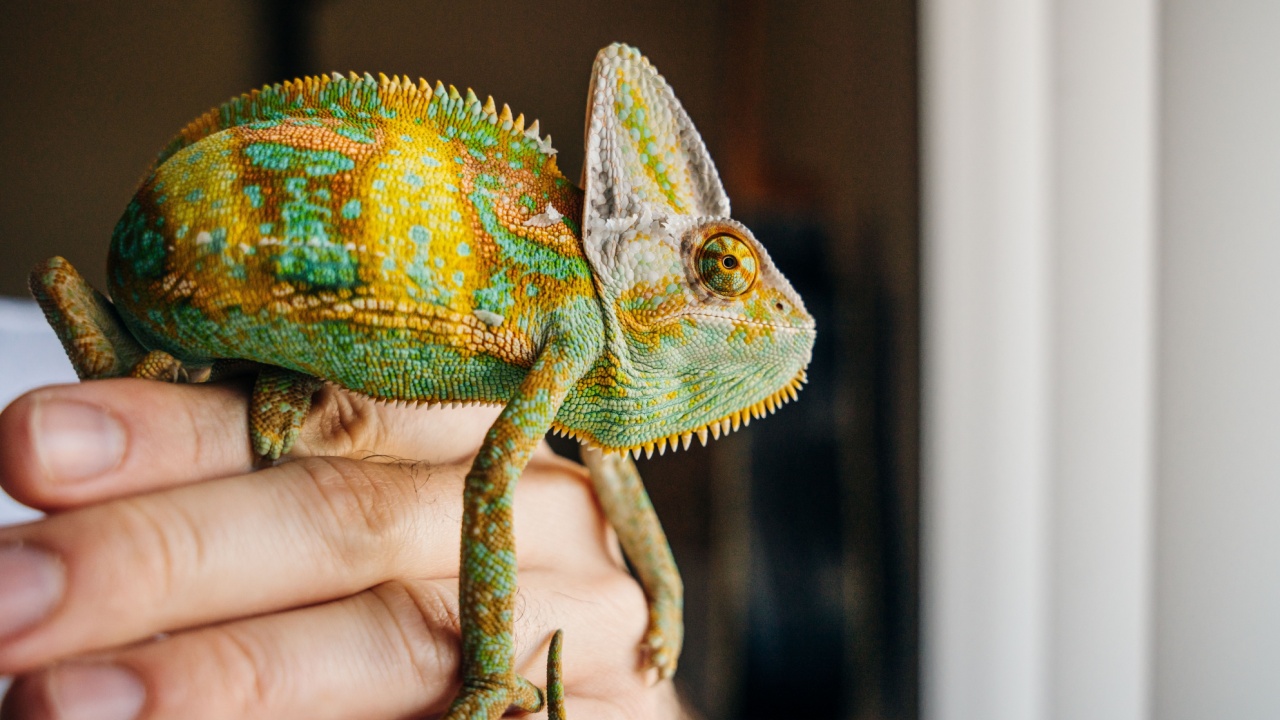
Snakes, lizards, and turtles may seem like low-maintenance pets, but they actually have very specific environmental and dietary needs. Many reptiles require carefully controlled temperatures, humidity levels, and UVB lighting, as well as a varied diet of live prey or fresh produce. Some species can also live for several decades.
Myth 17: Older pets can’t learn new tricks

You absolutely can teach an old dog (or cat, or bird) new tricks! Older animals may learn differently than youngsters, but they’re still capable of acquiring new skills and behaviors. In fact, mental stimulation is important for pets of
Myth 18: A pet’s mouth is cleaner than a human’s

This old wives’ tale just isn’t true. Pet mouths are full of bacteria, just like human mouths. While a dog’s saliva does contain some antibacterial compounds, their kisses can still transmit germs like salmonella and E. coli. To protect yourself and your pet, practice good hygiene and discourage licking of faces and open wounds.
Becky is a fervent wildlife enthusiast and pet care expert with a diploma in canine nutrition. Her love for animals stretches beyond the domestic, embracing the wild tapestry of global fauna. With over a decade of experience in animal welfare, Becky lends her expertise to OutlandishOwl through insightful articles, captivating wildlife information, and invaluable guidance on pet nutrition. Her work embodies a deep commitment to understanding the intricate lives of animals and a passion for educating others on sustaining natural habitats. Becky's hands-on conservation efforts and her knack for translating complex dietary science into practical pet feeding tips make her an indispensable voice for creatures great and small.

